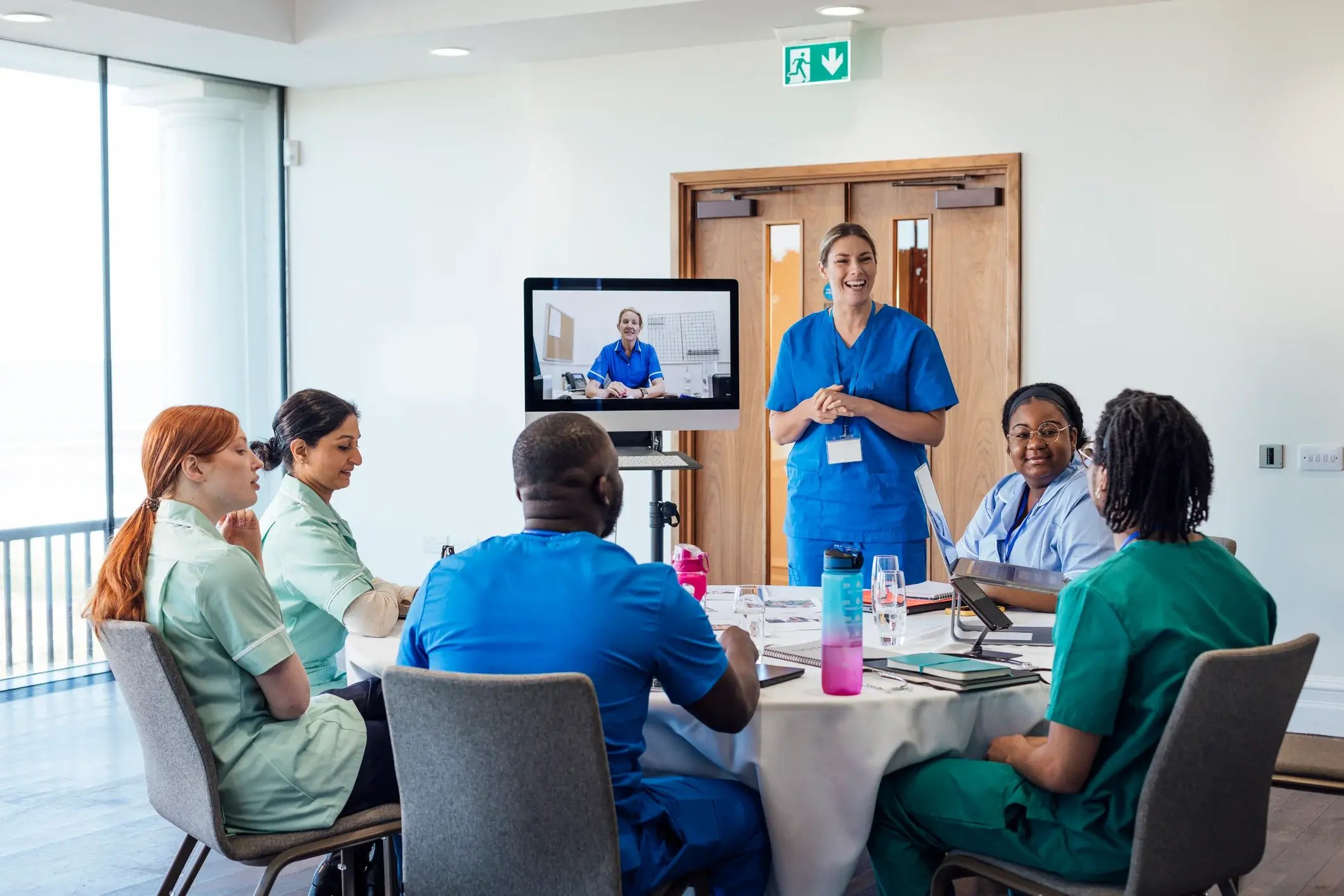Case Study
Livewell Southwest
A space optimisation project in collaboration with Abintra Consulting, addressing the additional space needs of Livewell Southwest.

Three years after developing and implementing Livewell Southwest’s estate strategy, progress hit a log jam. Business cases had been created for both a new Children, Young People and Family Hub, and a Mental Health and Wellbeing Hub — but financial pressures meant the plans were no longer affordable.
Faced with this challenge, Livewell, Baxendale, and Abintra came together to explore a different question: Could the space needs of these services be met within the existing estate — avoiding the need for expensive new premises altogether?
Assessing the current estate
The core aim of this project was to assess whether Livewell’s current estate could accommodate the service needs. The project focused on two key priorities:
- Identifying a financially realistic solution for Children, Young People, and Family Services.
- Exploring whether space for Mental Health clinics could be delivered using the existing estate, without expanding the property footprint.
Identifying opportunities
We selected four key sites across the estate — each offering a combination of opportunity and high-quality infrastructure. These building types were the Community Services and Office space, Corporate Space, Training Centre and Clinic Space.Working with Abintra, we installed discreet, wireless sensors across each building. These sensors collected real-time occupancy data over a three-month period, feeding into an interactive dashboard. This gave the team a highly detailed view of how space was being used — by building, service, room type, and even by individual desk.
The data showed:
- Consistently low usage across all rooms and workspaces, occupation levels were below targets.
- Mismatch between bookings and reality: Many rooms marked as ‘in use’ in the booking system were actually sitting empty
- Underutilisation by space type:
- Clinic rooms: Target occupancy was 70%, bookings suggested 61%, but actual use was only 50%.
- Meeting rooms: 68% booked, 60% target, but only 39% used.
- Workstations: Just 39% used against a 70% target. - Heatmaps and time-of-day analysis further revealed large areas of high-quality space were underused, Mondays and Fridays were especially quiet — with occupancy dipping to as low as 15–20%.
This real-world data gave clarity: significant space was available, even where it had appeared fully utilised.
What were the outcomes?

Smarter use of spaces
In the organisation’s Mental Health Services, we found that the core challenge was not the lack of space — but how it was being scheduled. Sensor data enabled detailed conversations with clinical teams, leading to small but impactful changes in scheduling and room allocation.

Cost-effective delivery of a new service hub
With data-driven insights, we were able to unlock practical, cost-effective solutions. We developed a cost-neutral plan to deliver the new Children, Young People & Family
Services Hub — a solution that had previously seemed out of reach. The solution delivers the service need whilst avoiding new leases and achieving cashable
savings of £160,000 per year, and an additional £330,000 per year in avoided cost.

Improved service delivery and staff experience
The work enabled more patient activity and enhanced outcomes for the local population, while supporting recurrent financial savings. Clinics were transferred from poorer quality sites, staff workflows were optimised through better use of space, and overall staff wellbeing and satisfaction improved.

“Working with Baxendale and Abintra has been a game changer for us at Livewell. For the first time, we’ve had robust data to challenge myths and assumptions about how our estate is used. We’ve moved from anecdote to evidence — and that’s given us the confidence to make bold decisions. We’re not just talking about the problem anymore; we’re taking action. This has put us in a far stronger position to plan for the future, make best use of what we’ve got, and ultimately invest where it makes the biggest difference to our staff and patients.”
- Geoff Baines, Deputy Chief Executive, Livewell Southwest CIC
Get in Touch
Contact Us
Related Case Studies




